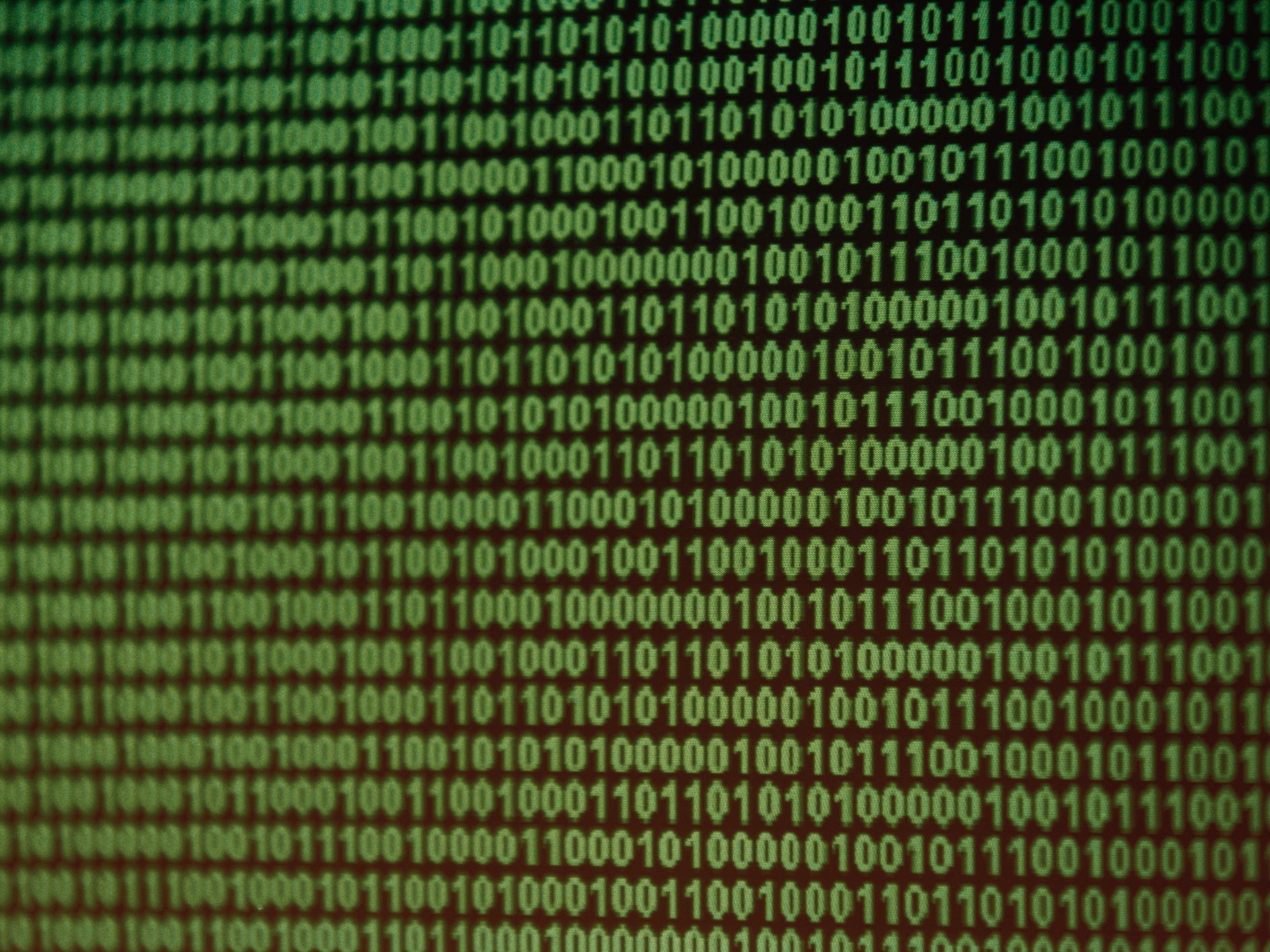
alvarez/Getty Images
- Coding is a facet of computer programming, and programmers are often called coders.
- Coding is a process used to write instructions for what a computer, application, or software program does and how it does it.
- Programmers, or coders, write the computer programs that are the backbone of all modern tech.
- Visit Business Insider’s Tech Reference library for more stories.
Coding is the very backbone of the modern information age we live in. A facet of and often shorthand for computer programming, coding gets its name from the fact that computer programs are sets of instructions referred to as computer code. These terms are all interchangeable, so programmers are often referred to as coders.
How coding works
Coding is a relatively technical field of study that typically requires a minimum of a four-year degree to effectively work as a programmer, though this isn’t mandatory. Some coders are self-taught or start with a more modest two-year program and then learn on the job. But at its core, computer programming is a fairly straightforward task.
Write a script containing computer instructions
These instructions are usually in what’s referred to as a high-level programming language. Examples of high-level languages include C++, Basic, Python, and Fortran. They’re so-called “languages” because they have rudiments of English and are relatively understandable by humans.

Code contains statements and commands that, with some training, can be read and understood with little difficulty. For example, one of the most iconic examples of beginner code is the simple command, “print ‘Hello, world!'”
Even without training, it’s clear what the intention behind the command is; the coder wants to print the phrase “Hello, world.” A nuance is that this command’s destination needs to be further specified – will it print to the screen or a printer, for example. Coding is this simple command extrapolated to encompass creating complex programs, often with hundreds of thousands of lines of code, with the proper syntax to make the code understandable to the computer and run error-free.
Compile the code
A high-level programming language is easy for coders to work with because it is far more abstract than how computers need to process commands - purely in terms of binary code (1s and 0s). But computers can't work directly with the code created by coders, so that code is compiled by a program called, not surprisingly, a compiler. The compiler converts high-level commands into binary digits.

Jan Hakan Dahlstrom/Getty Images
Execute the resulting program
The computer will then execute the resulting program - this is the end product of coding. In actual day-to-day coding, though, there are additional quality control and error-correction steps. That's because the compiler will often fail to compile the code due to syntax and logic errors completely. There are also many other logic errors exposed when the compiled program is tested.
Related coverage from Tech Reference:
-
What is web scraping? Here's what you need to know about the process of collecting automated data from websites, and its uses
-
What is machine learning? Here's what you need to know about the branch of artificial intelligence and its common applications
-
SEO decides where your website ranks on search engines - here's how it works and how to improve your search ranking
-
A beginner's guide to DPI, the stat that measures how fast your computer mouse can move
-
What is a computer worm? Here's how to protect yourself from the replicating malware
